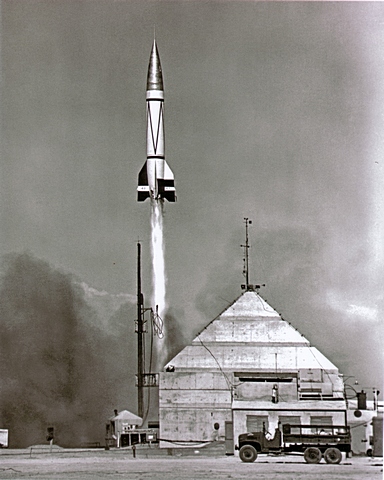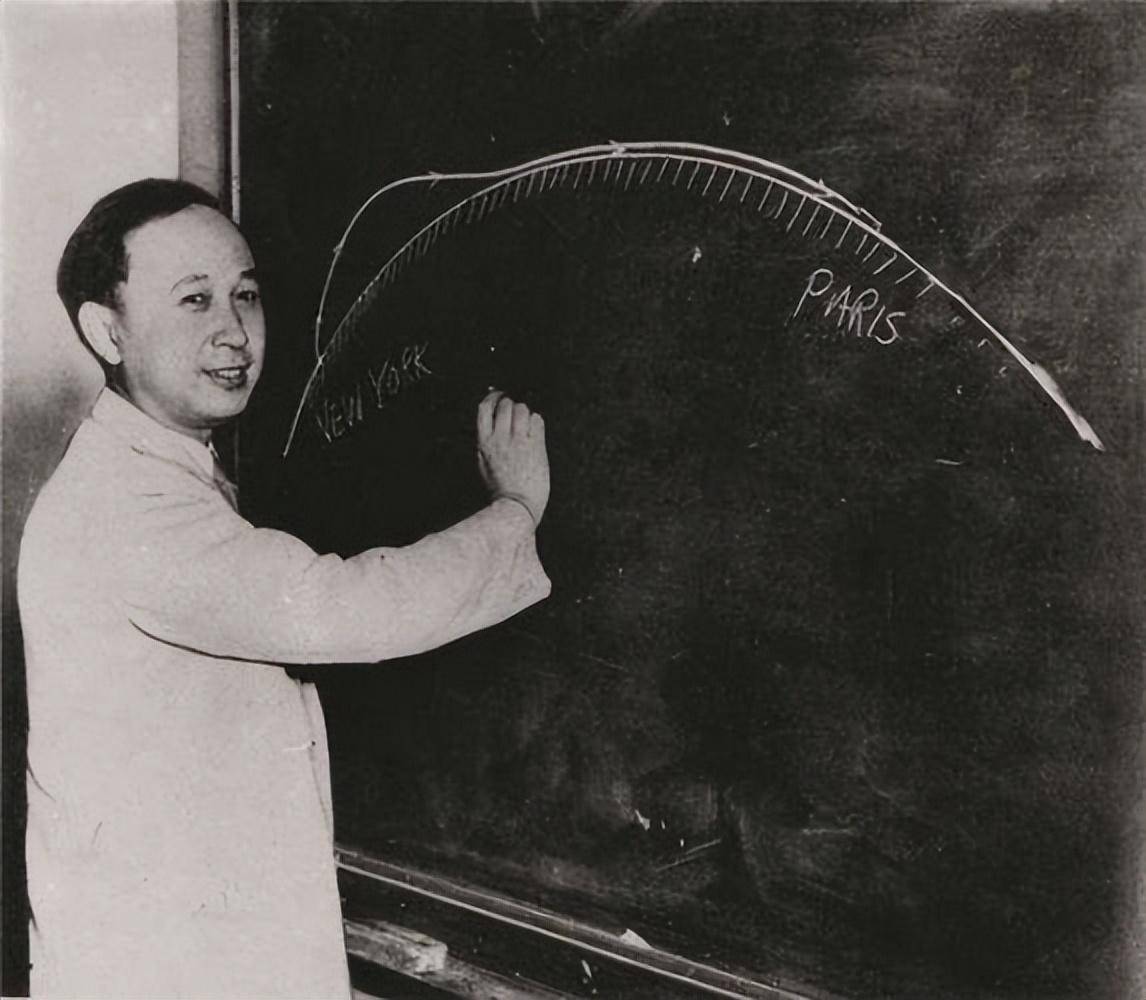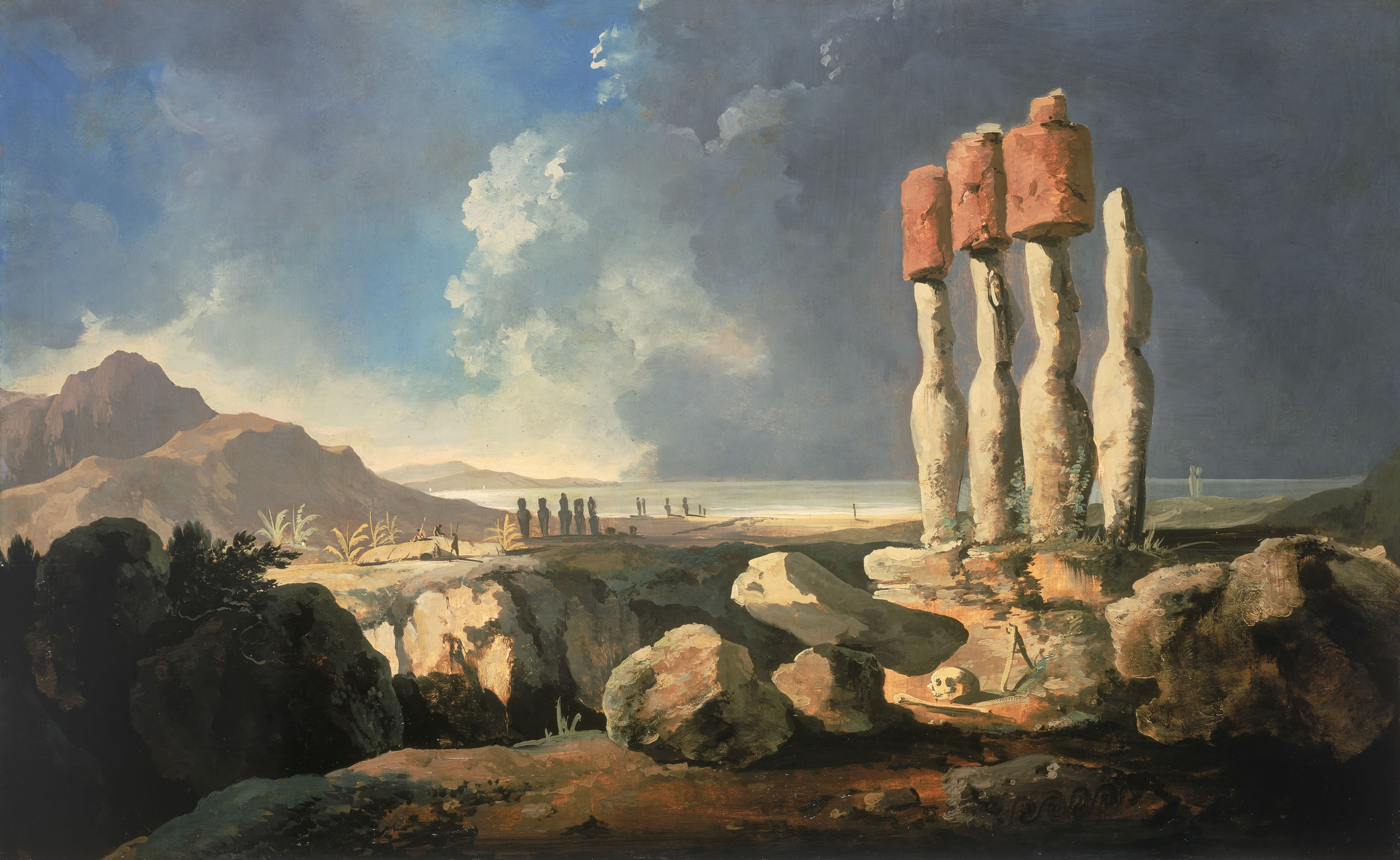|
Shenzhou 2
Shenzhou 2 () launched on January 9, 2001, was the second unmanned launch of the Shenzhou spacecraft. Inside the reentry capsule were a monkey, a dog and a rabbit in a test of the spaceship's life support systems. The reentry module separated from the rest of the spacecraft after just over seven days in orbit, with the orbital module staying in orbit for another 220 days. Shenzhou 2 tested the spacecraft much more rigorously than its predecessor Shenzhou 1. After being launched into a 196.5 by 333.8 km orbit, 20.5 hours after launch it circularised its orbit to 327.7 by 332.7 km. Around 1220 UTC on January 12 it once again changed its orbit to 329.3 by 339.4 km. A third orbit change came on January 15 328.7 by 345.4 km. As well as the animal cargo, there were 64 different scientific payloads. 15 were carried in the reentry module, 12 in the orbital module and 37 on the forward external pallet. These included a microgravity crystallography experiment; animal ... [...More Info...] [...Related Items...] OR: [Wikipedia] [Google] [Baidu] |
Shenzhou (spacecraft)
Shenzhou (, ; see ) is a Chinese spacecraft developed for the nation's China Manned Space Program, crewed space program. Its design was based on Russia's Soyuz (spacecraft), Soyuz, but larger and modernized. Like Soyuz, Shenzhou is a single-use vehicle composed of three modules; a descent module which houses the crew during launch and reentry, an orbital module which provides additional living space and storage during orbit, but is jettisoned before reentry, and a service module responsible for propulsion and power, also discarded before reentry. For added safety and aerodynamics, the spacecraft is encased within a Payload fairing, fairing and fitted with a launch escape system during liftoff. Its maiden uncrewed flight, Shenzhou 1, was on 19 November 1999, with the first crewed mission, Shenzhou 5, taking flight on 15 October 2003. It is slated for replacement by the next-generation Mengzhou (spacecraft), Mengzhou, currently in development, with a two module configuration. E ... [...More Info...] [...Related Items...] OR: [Wikipedia] [Google] [Baidu] |
Mouse
A mouse (: mice) is a small rodent. Characteristically, mice are known to have a pointed snout, small rounded ears, a body-length scaly tail, and a high breeding rate. The best known mouse species is the common house mouse (''Mus musculus''). Mice are also popular as pets. In some places, certain kinds of Apodemus, field mice are locally common. They are known to invade homes for food and shelter. Mice are typically distinguished from rats by their size. Generally, when a muroid rodent is discovered, its common name includes the term ''mouse'' if it is smaller, or ''rat'' if it is larger. The common terms ''rat'' and ''mouse'' are not Taxonomy (biology), taxonomically specific. Typical mice are classified in the genus ''Mus (genus), Mus'', but the term ''mouse'' is not confined to members of ''Mus'' and can also apply to species from other genera such as the deer mouse, deer mouse (''Peromyscus''). Fancy mouse, Domestic mice sold as pets often differ substantially in size f ... [...More Info...] [...Related Items...] OR: [Wikipedia] [Google] [Baidu] |
Animals In Space
Animals in space originally served to test the survivability of spaceflight, before human spaceflights were attempted. Later, many species were flown to investigate various biological processes and the effects microgravity and space flight might have on them. Bioastronautics is an area of bioengineering research that spans the study and support of life in Outer space, space. To date, seven national space programs have flown non-human animals into space: the United States, Soviet Union, France, Argentina, China, Japan and Iran. A wide variety of non-human animals have been launched into space, including monkeys in space, monkeys and apes, Dogs in space, dogs, Félicette, cats, tortoises, mice, rats, rabbits, fish, frogs, spiders, insects, and quail eggs (which hatched on ''Mir'' in 1990). The US launched the first Earthlings into space, with Fruit flies in space, fruit flies surviving a 1947 flight, followed by primates in 1949. The Soviet space program launched Soviet space d ... [...More Info...] [...Related Items...] OR: [Wikipedia] [Google] [Baidu] |
Long March Rocket
The Long March rockets are a family of expendable launch system rockets operated by the China Aerospace Science and Technology Corporation. The rockets are named after the Chinese Red Army's 1934–35 Long March military retreat during the Chinese Civil War. The Long March series has performed more than 500 launches, including missions to low Earth orbit, Sun-synchronous orbit, geostationary transfer orbit, and Earth-Moon transfer orbit. The new-generation carrier rockets, Long March 5, Long March 6, Long March 7, Long March 11, and Long March 8, have made their maiden flights. Among them, the Long March 5 has a low-Earth orbit carrying capacity of 25,000 kilograms, and a geosynchronous transfer orbit carrying capacity of 14,000 kilograms. History China used the Long March 1 rocket to launch its first satellite, Dong Fang Hong 1 (lit. "The East is Red 1"), into low Earth orbit on 24 April 1970, becoming the fifth nation to achieve independent launch capability. Early launc ... [...More Info...] [...Related Items...] OR: [Wikipedia] [Google] [Baidu] |
Tiangong Program
The Tiangong program () is China's space program to create a modular space station, comparable to Mir. This program is independent and unconnected to any other international space-active countries. The program is part of the China Manned Space Program that began in 1992. The core module of the Tiangong space station, the '' Tianhe'' ("Harmony of the Heavens") was finally launched on 29 April 2021 marking the start of the Tiangong Space program deployment. China launched its first space laboratory, Tiangong-1, on 29 September 2011. Following Tiangong-1, a more advanced space laboratory complete with cargo spacecraft, dubbed Tiangong-2, was launched on 15 September 2016. The first module of the 12 part new series of Tiangong space station launched on 29 April 2021. The project culminated with the Tiangong space station, which consists of a 22.6-ton core module and cargo transport craft, with two more major research modules launched in 2022. It supports three astronauts for l ... [...More Info...] [...Related Items...] OR: [Wikipedia] [Google] [Baidu] |
Chinese Space Program
The space program of the People's Republic of China is about the activities in outer space conducted and directed by the China, People's Republic of China. The roots of the Chinese space program trace back to the 1950s, when, with the help of the Sino-Soviet Treaty of Friendship, Alliance and Mutual Assistance, newly allied Soviet Union, China began development of its first ballistic missile and rocket programs in response to the perceived American (and, Sino-Soviet split, later, Soviet) threats. Driven by the successes of Soviet Sputnik 1 and American Explorer 1 satellite launches in 1957 and 1958 respectively, China would launch its first satellite, Dong Fang Hong 1 in April 1970 aboard a Long March 1 rocket, making it the fifth nation to place a satellite in orbit. China has one of the most active space programs in the world. With space launch capability provided by the Long March rocket family and four spaceports (Jiuquan Satellite Launch Center, Jiuquan, Taiyuan Satelli ... [...More Info...] [...Related Items...] OR: [Wikipedia] [Google] [Baidu] |
Chile
Chile, officially the Republic of Chile, is a country in western South America. It is the southernmost country in the world and the closest to Antarctica, stretching along a narrow strip of land between the Andes, Andes Mountains and the Pacific Ocean. Chile had a population of 17.5 million as of the latest census in 2017 and has a territorial area of , sharing borders with Peru to the north, Bolivia to the northeast, Argentina to the east, and the Drake Passage to the south. The country also controls several Pacific islands, including Juan Fernández Islands, Juan Fernández, Isla Salas y Gómez, Desventuradas Islands, Desventuradas, and Easter Island, and claims about of Antarctica as the Chilean Antarctic Territory. The capital and largest city of Chile is Santiago, and the national language is Spanish language, Spanish. Conquest of Chile, Spain conquered and colonized the region in the mid-16th century, replacing Incas in Central Chile, Inca rule; however, they Arauco War ... [...More Info...] [...Related Items...] OR: [Wikipedia] [Google] [Baidu] |
Easter Island
Easter Island (, ; , ) is an island and special territory of Chile in the southeastern Pacific Ocean, at the southeasternmost point of the Polynesian Triangle in Oceania. The island is renowned for its nearly 1,000 extant monumental statues, called ''moai'', which were created by the early Rapa Nui people. In 1995, UNESCO named Easter Island a World Heritage Site, with much of the island protected within Rapa Nui National Park. Experts differ on when the island's Polynesian inhabitants first reached the island. While many in the research community cited evidence that they arrived around the year 800, a 2007 study provided compelling evidence suggesting their arrival was closer to 1200. The inhabitants created a thriving and industrious culture, as evidenced by the island's numerous enormous stone ''moai'' and other artifacts. Land clearing for cultivation and the introduction of the Polynesian rat led to gradual deforestation. By the time of European arrival in 1722, the i ... [...More Info...] [...Related Items...] OR: [Wikipedia] [Google] [Baidu] |
Yang Liwei
Yang Liwei (; born 21 June 1965) is a Chinese major general, former military pilot, and former taikonaut of the People's Liberation Army. In October 2003, Yang became the first person sent into space by the Chinese space program. This mission, Shenzhou 5, made China the third country to independently send humans into space. He is currently a vice chief designer of China Manned Space Engineering. Early life and education Yang Liwei was born in Suizhong County, Huludao, Liaoning. His mother was a teacher and his father was an accountant at a state agricultural firm. Yang Liwei married Zhang Yumei with whom they had a son together. Zhang Yumei was a part of the People's Liberation Army and was a teacher in China's Space Program. In 1983, he enlisted for the People's Liberation Army (PLA) and was admitted to the Air Force Second Flight Academy (), graduating in 1987 with a bachelor's degree. He participated in the screening process for astronauts in 1996. In the PLAAF, ... [...More Info...] [...Related Items...] OR: [Wikipedia] [Google] [Baidu] |
Swedish Space Center
Swedish or ' may refer to: Anything from or related to Sweden, a country in Northern Europe. Or, specifically: * Swedish language, a North Germanic language spoken primarily in Sweden and Finland ** Swedish alphabet, the official alphabet used by the Swedish language * Swedish people or Swedes, persons with a Swedish ancestral or ethnic identity ** A national or citizen of Sweden, see demographics of Sweden ** Culture of Sweden * Swedish cuisine See also * * Swedish Church (other) * Swedish Institute (other) * Swedish invasion (other) * Swedish Open (other) Swedish Open is a tennis tournament. Swedish Open may also refer to: * Swedish Open (badminton) * Swedish Open (table tennis) * Swedish Open (squash) * Swedish Open (darts) {{disambiguation ... {{disambig Language and nationality disambiguation pages ... [...More Info...] [...Related Items...] OR: [Wikipedia] [Google] [Baidu] |
Gamma Ray Burst
In gamma-ray astronomy, gamma-ray bursts (GRBs) are extremely energetic events occurring in distant galaxies which represent the brightest and most powerful class of explosion in the universe. These extreme electromagnetic emissions are second only to the Big Bang as the most energetic and luminous phenomenon ever known. Gamma-ray bursts can last from a few milliseconds to several hours. After the initial flash of gamma rays, a longer-lived afterglow is emitted, usually in the longer wavelengths of X-ray, ultraviolet, optical, infrared, microwave or radio frequencies. The intense radiation of most observed GRBs is thought to be released during a supernova or superluminous supernova as a high-mass star implodes to form a neutron star or a black hole. Short-duration (sGRB) events are a subclass of GRB signals that are now known to originate from the cataclysmic merger of binary neutron stars. The sources of most GRB are billions of light years away from Earth, implying that th ... [...More Info...] [...Related Items...] OR: [Wikipedia] [Google] [Baidu] |
Cosmic Ray
Cosmic rays or astroparticles are high-energy particles or clusters of particles (primarily represented by protons or atomic nuclei) that move through space at nearly the speed of light. They originate from the Sun, from outside of the Solar System in our own galaxy, and from distant galaxies. Upon impact with Earth's atmosphere, cosmic rays produce showers of secondary particles, some of which reach the surface, although the bulk are deflected off into space by the magnetosphere or the heliosphere. Cosmic rays were discovered by Victor Hess in 1912 in balloon experiments, for which he was awarded the 1936 Nobel Prize in Physics. Direct measurement of cosmic rays, especially at lower energies, has been possible since the launch of the first satellites in the late 1950s. Particle detectors similar to those used in nuclear and high-energy physics are used on satellites and space probes for research into cosmic rays. Data from the Fermi Space Telescope (2013) have ... [...More Info...] [...Related Items...] OR: [Wikipedia] [Google] [Baidu] |





